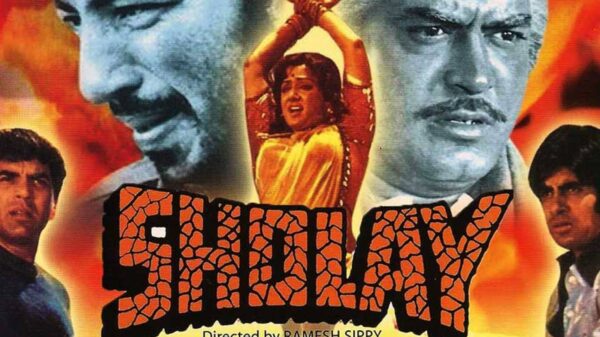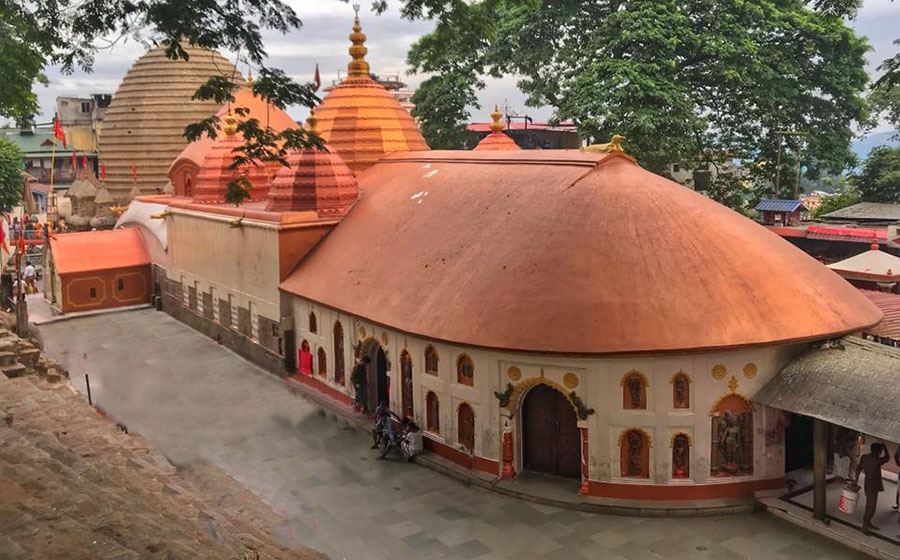Located on the Nilanchal Hill in the western part of Guwahati in Assam, Kamakhya Temple is one of the most revered shrines of Goddess Shakti in India. According to the Hindu scriptures, there are four important Shakti Peethas (Temples with highest powers of divinity) in the country and Kamakhya Temple is one of them. Kamakhya Temple celebrates the power of the woman to give birth and is regarded as extremely auspicious among the followers of the Tantrik sect of Hinduism. It was built and reconstructed multiple times between the 8th and 17th Centuries and is a spectacle in itself.
The main entrance of the Kamakhya temple is beautifully designed with simple yet elegant carvings that are decorated with colourful flowers. The temple has a massive dome which overlooks the quaint Nilanchal Hills in the background. It is especially decked up during the Ambubachi Festival and fare that is held for 3-4 Days in the month of June.
The Ambubachi festival at Kamakhya temple
Kamakhya Temple Timings
5:30 AM – Snana of the Pithasthana
6:00 AM – Nitya puja
8:00 AM – Temple door open for devotees
1:00 PM – Temple door closed for food offerings to the goddess.
History of the Kamakhya Temple
Structure of the Kamakhya Temple
1. Garbhagriha: The Garbhgriha or the main sanctum rests on a base which has a number of sunken panels embellished with the sculptures of Ganesha and other Hindu deities. The lower parts of the Garbhagriha are made of stone while the zenith is in the shape of an octagon and is made out of bricks. The Garbhariha is situated below ground level and can be reached by a series of rock cut steps. A rock fissure in the shape of a vulva-shaped depression which is present here and worshipped as the goddess Kamakhya. The depression is filled with water from an underground spring and this is the general pattern of all the Garbhagrihas in this temple.
2. Calanta: Towards the west of the Kamakhya temple lies the Calanta, which is a square shaped chamber of the atchala type. Small moveable idols of Gods and Goddesses are found here, while the walls of this chamber have a number of images and inscriptions carved onto its surface.
3. Pancharatna: To the west of the Calanta is the Panchratna which is a large rectangular construction having a flat roof and five small spires protruding from its roof.
4. Natamandir: Towards the west of the Pancharatna is the last structure of Natamandir which has an apsidal end and ridged roof of the Ranghar type Ahom style. The walls of the Natamandir has inscriptions from Rajewas Singha and Gaurinath Singha inscribed upon them.
Mystery of the Kamakhya Temple
Tips For Visiting Kamakhya Temple
2. Alcohol and tobacco products are prohibited
3. Please maintain decorum inside the temple and follow the dress code.

















































You must be logged in to post a comment Login